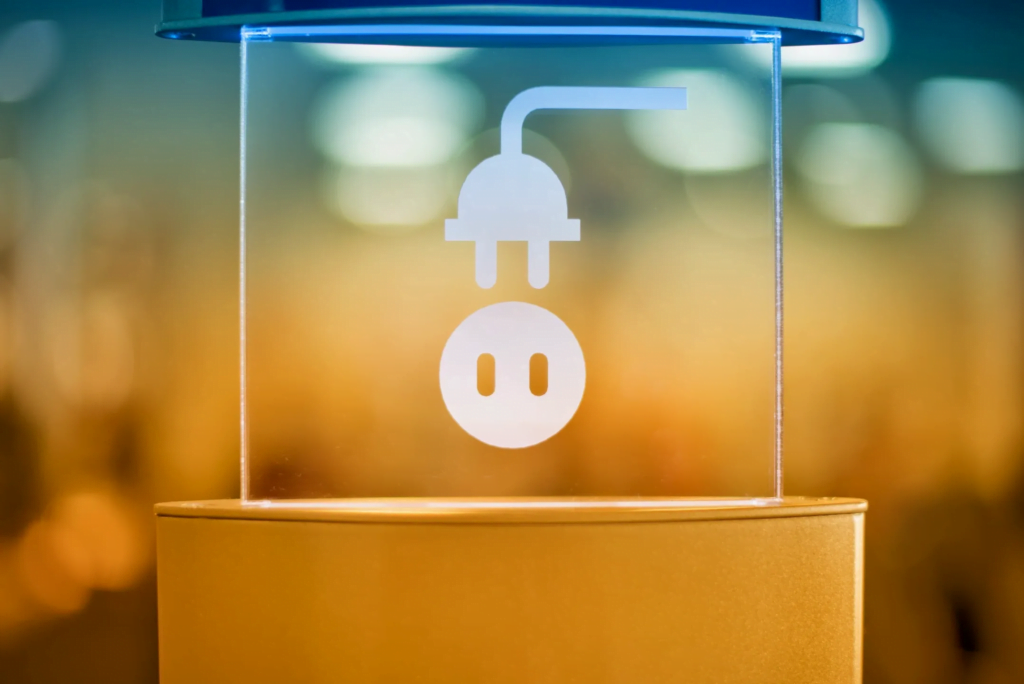
Electricity and electronics are undeniably two of the most vital and interconnected concepts in today’s modern world, powering our homes, driving technological advancements, and fostering innovation. The inseparable relationship between electricity and electronics has transformed every aspect of our lives, and in this article, we will delve into the reasons behind this close connection and the profound impact it has on our world.
Often referred to as the “lifeblood of modern civilization,” electricity is a form of energy that results from the movement of charged particles, particularly electrons. While humanity has harnessed and utilized electricity for centuries, dating back to the discovery of static electricity by the ancient Greeks, it was not until the 19th century that electricity began to be understood and harnessed on a larger scale with the advent of electric generators and motors.
The discovery and understanding of electricity paved the way for the development of electronics, a multidisciplinary field of science and technology that deals with controlling electric current flow through electronic devices and systems. Electronics encompasses the study, design, and application of electronic circuits, components, and systems, and is an expansive field with far-reaching applications.
One of the primary reasons why these two are inseparable is that electricity serves as the foundation upon which electronics are built. Electronic devices, ranging from computers and smartphones to televisions and other gadgets, rely on the flow of electric current to function. These devices are composed of intricate electronic circuits comprising components such as resistors, capacitors, transistors, and integrated circuits, which are designed to manipulate the flow of electric current to perform specific tasks.
Consider the example of a smartphone, which has become an indispensable part of our daily lives. From making phone calls and sending text messages to browsing the internet and playing games, a smartphone is a complex electronic device that relies on the flow of electric current to power its various functions. The smartphone’s central processing unit (CPU), responsible for executing instructions and processing data, is composed of millions of transistors that meticulously control the flow of electric current to perform calculations and operations at lightning-fast speeds. The display, touch screen, sensors, and battery in a smartphone are also electronic components that require electricity to function.
The relationship is mutually reinforcing, with advancements in one field often driving progress in the other. For instance, the discovery and development of new materials with unique electronic properties, such as semiconductors, have paved the way for creation of smaller, faster, and more efficient electronic devices. These advancements have, in turn, increased the demand for electricity to power these devices, leading to the development of more efficient and sustainable methods of generating and storing electricity, such as solar panels and lithium-ion batteries.
Interdependence between them extends beyond consumer gadgets and finds applications in various industries and sectors. In the field of transportation, for example, electric vehicles (EVs) have gained significant attention and popularity in recent years due to their potential to reduce greenhouse gas emissions and dependence on fossil fuels. EVs rely on sophisticated electronics, such as electric motors, power electronics, and battery management systems, which control the flow of electric current to power the vehicle’s propulsion system. The development and widespread adoption of EVs have accelerated research and innovation in the field of electronics, leading to the development of more efficient and advanced electronic components and systems for EVs.
In addition to consumer electronics and transportation, electricity, and electronics are also integral to other critical industries, such as healthcare, telecommunications, aerospace, and defense. In healthcare, electronic devices and systems are used for medical imaging, diagnosis, monitoring, and treatment. For instance, magnetic resonance imaging (MRI) machines, used for imaging internal body structures, rely on sophisticated electronics to generate and manipulate strong magnetic fields and radio waves to create detailed images of the equipped with interconnected electronic systems, enabling efficient management of resources such as energy, water, and transportation, leading to more sustainable and livable urban environments. Smart industries, powered by advanced electronics, leverage automation, data analytics, and connectivity to optimize operations, improve productivity, and create new business models.
Electricity and electronics are two inseparable concepts that play a fundamental role in our modern world. From powering our daily gadgets to driving technological advancements and innovation across various industries, their interdependence has transformed our lives in numerous ways. The relationship between electricity and electronics is mutually reinforcing, with advancements in one field often driving progress in the other. The rapid pace of technological advancements in electronics has revolutionized our society, economy, and way of life. As we continue to push the boundaries of what is possible with electronics, powered by reliable and efficient sources of electricity, we can expect further transformation and innovation in the years to come. The synergy between electricity and electronics will continue to shape our world and pave the way for a more connected, sustainable, and technologically advanced future.
